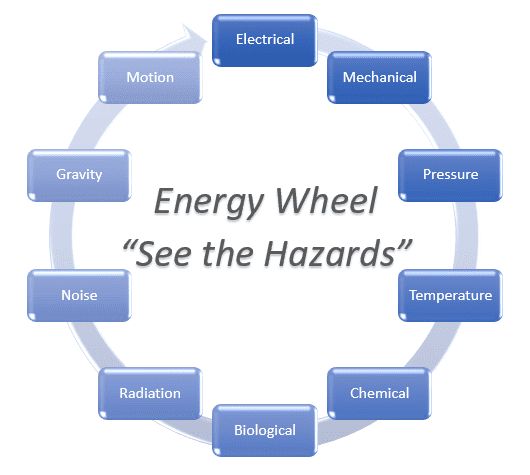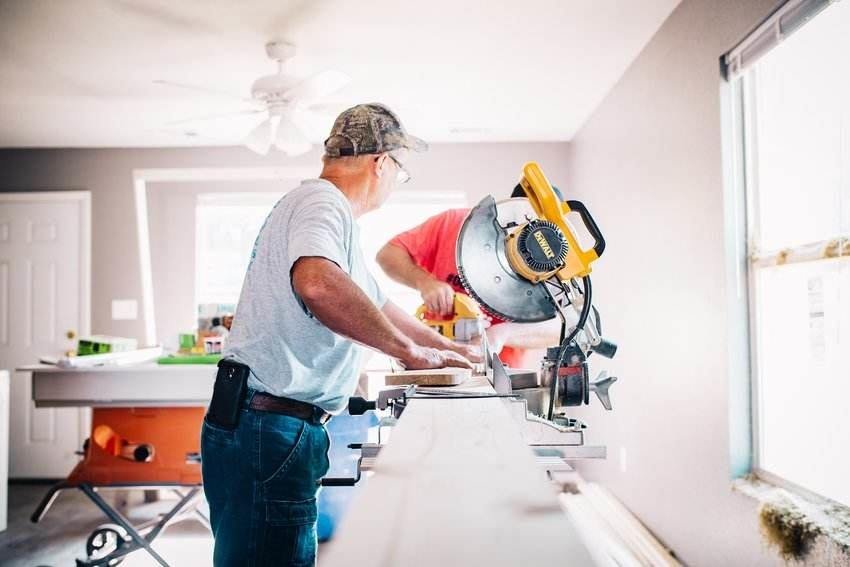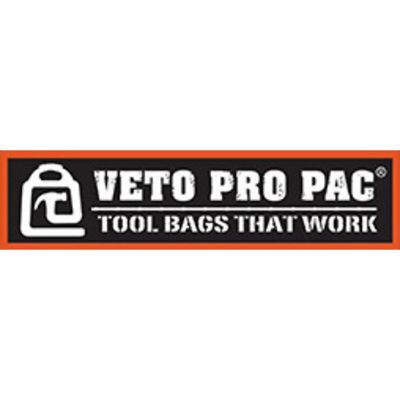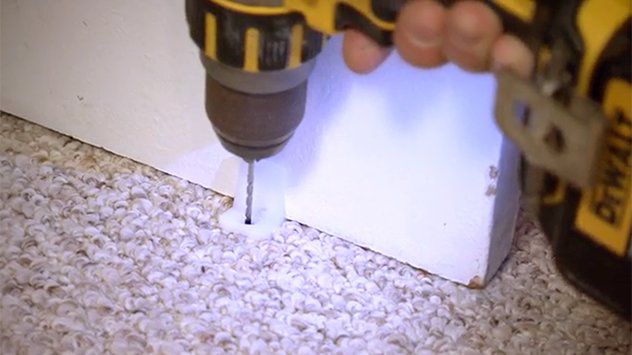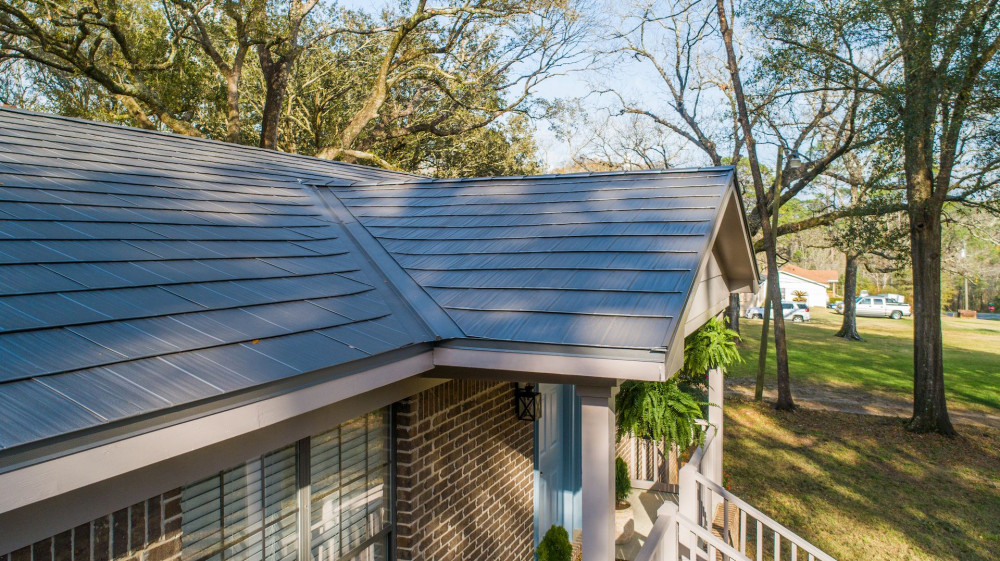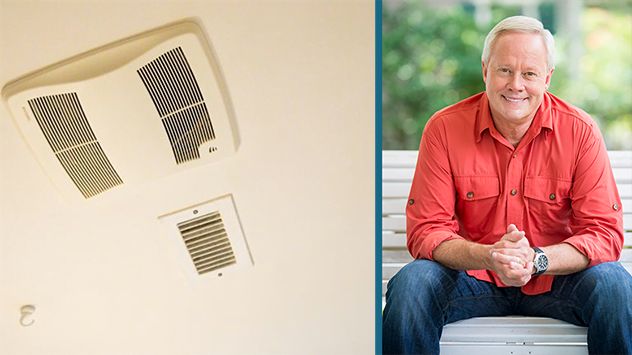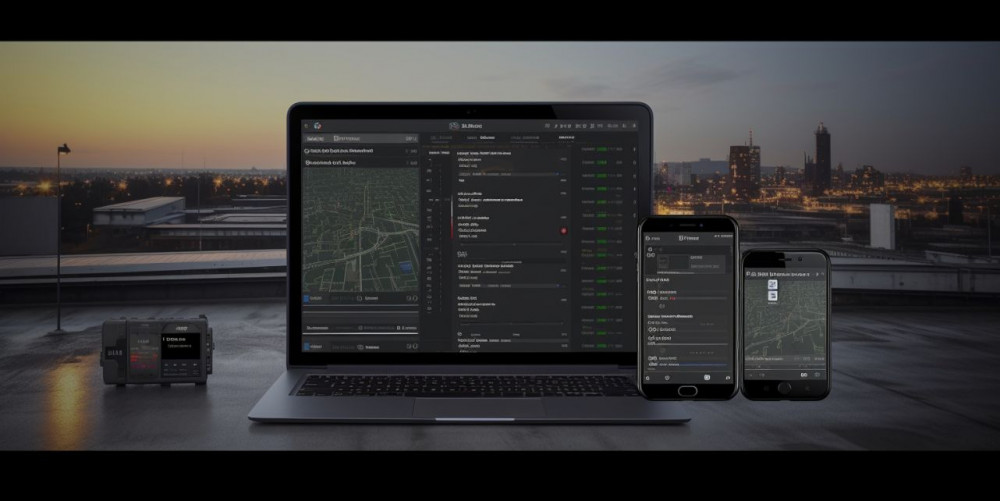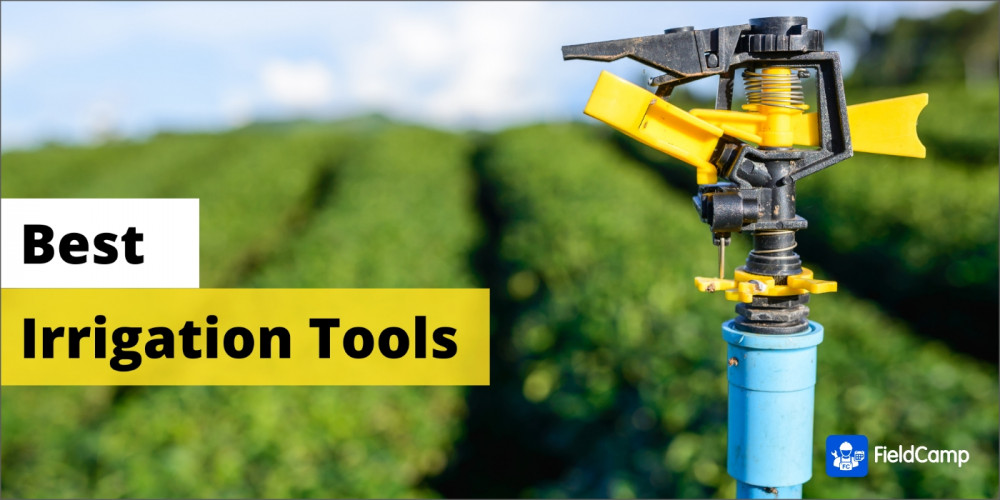A chiller is a machine that removes heat from a liquid via a vapor-compression or absorption refrigeration cycle. A vapor-compression water chiller comprises the 4 major components of the vapor-compression refrigeration cycle (compressor, evaporator, condenser, and some form of metering device). These machines can implement a variety of refrigerants. Absorption chillers use municipal water as the refrigerant and benign silica gel as the desiccant. Absorption chillers utilize water as the refrigerant and rely on the strong affinity between the water and a lithium bromide solution to achieve a refrigeration effect. Most often, pure water is chilled, but this water may also contain a percentage of glycol and/or corrosion inhibitors; other fluids such as thin oils can be chilled as well.
In air conditioning systems, chilled water is typically distributed to heat exchangers, or coils, in air handling units, or other type of terminal devices which cool the air in its respective space(s), and then the chilled water is re-circulated back to the chiller to be cooled again. These cooling coils transfer sensible heat and latent heat from the air to the chilled water, thus cooling and usually dehumidifying the air stream. A typical chiller for air conditioning applications is rated between 15 to 1500 tons (180,000 to 18,000,000 BTU/h or 53 to 5,300 kW) in cooling capacity. Chilled water temperatures can range from 35 to 45 degrees Fahrenheit or 1.5 to 7 degrees Celsius, depending upon application requirements.
In industrial application, chilled water or other liquid from the chiller is pumped through process or laboratory equipment. Industrial chillers are used for controlled cooling of products, mechanisms and factory machinery in a wide range of industries. They are often used in the plastic industry in injection and blow molding, metal working cutting oils, welding equipment, die-casting and machine tooling, chemical processing, pharmaceutical formulation, food and beverage processing, paper and cement processing, vacuum systems, X-ray diffraction, power supplies and power generation stations, analytical equipment, semiconductors, compressed air and gas cooling. They are also used to cool high-heat specialized items such as MRI machines and lasers, and in hospitals, hotels and campuses.
There are basically four different types of compressors used in vapor compression chillers: Reciprocating compression, scroll compression, screw-driven compression, and centrifugal compression are all mechanical machines that can be powered by electric motors, steam, or gas turbines. They produce their cooling effect via the "reverse-Rankine" cycle, also known as 'vapor-compression'. With evaporative cooling heat rejection, their coefficients-of-performance (COPs) are very high and typically 4.0 or more.
Adsorption chillers are driven by hot water. This hot water may come from any number of industrial sources including waste heat from industrial processes, prime heat from solar thermal installations or from the exhaust or water jacket heat of a piston engine or turbine.
Absorption chillers' thermodynamic cycle are driven by heat source; this heat is usually delivered to the chiller via steam, hot water, or combustion. Compared to electrically powered chillers, they have very low electrical power requirements - very rarely above 15 kW combined consumption for both the solution pump and the refrigerant pump. However, their heat input requirements are large, and their COPs are often 0.5 (single-effect) to 1.0 (double-effect). For the same tonnage capacity, they require much larger cooling towers than vapor-compression chillers. However, absorption chillers, from an energy-efficiency point-of-view, excel where cheap, high grade heat or waste heat is readily available. In extremely sunny climates, solar energy has been used to operate absorption chillers.
Industrial chillers typically come as complete packaged closed-loop systems, including the chiller unit, condenser, and pump station with recirculating pump, expansion valve, no-flow shutdown, internal cold water tank, and temperature control. The internal tank helps maintain cold water temperature and prevents temperature spikes from occurring. Closed loop industrial chillers recirculate a clean coolant or clean water with condition addititives at a constant temperature and pressure to increase the stability and reproducibility of water-cooled machines and instruments. The water flows from the chiller to the application's point of use and back.
Important specifications to consider when searching for industrial chillers include the total life cycle cost, the power source, chiller IP rating, chiller cooling capacity, evaporator capacity, evaporator material, evaporator type, condenser material, condenser capacity, ambient temperature, motor fan type, noise level, internal piping materials, number of compressors, type of compressor, number of fridge circuits, coolant requirements, fluid discharge temperature, and COP (the ratio between the cooling capacity in RT to the energy consumed by the whole chiller in KW). For medium to large chillers this should range from 3.5-7.0 with higher values meaning higher efficiency. Chiller efficiency is often specified in kilowatts per refrigeration ton (kW/RT).
A vapor-compression chiller uses a refrigerant internally as its working fluid. Many refrigerants options are available; when selecting a chiller, the application cooling temperature requirements and refrigerant's cooling characteristics need to be matched. Important parameters to consider are the operating temperatures and pressures.
